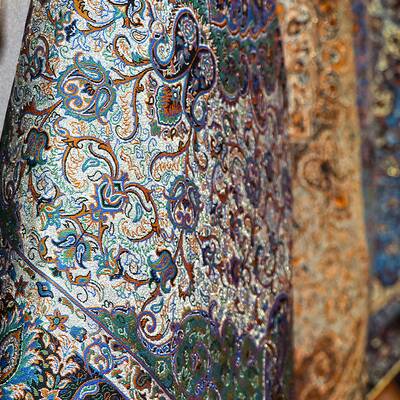
Enamel, Brilliant Art of Fire, Earth and Furnaces
Enamel refers to the art of painting and decorating metals such as gold, silver and copper (and sometimes glass and ceramics which is also called as vitreous enamel or porcelain enamel) with opaque or transparent colorful material; and, indeed, it can be considered as an experimental or laboratorial art which consists of a series of complex interactions and the final product is a decorated object which, once heated, is brought by combination of metal oxides and salts. This is why this is called a brilliant art of fire, earth and furnaces.

Enamel is basically done on copper, but it can also be done with gold and silver objects. Gold is the only metal which does not oxide when the enamel is melt; therefore, it always provides the capability of implementing detailed and precise patterns on enamel while on copper and silver enamels the result is not of the same quality. The colors used in enamels are classified in three groups: herbal colors, mineral colors, and metal colors.
It is not easy to determine the date the enamel became popular in Iran, but some assume its history dating back up to around 5,000 years. No enamel is currently available belonging to the pre-Safavid era, and nor are there any considerable sample from the Safavid period. In the Qajar era enamel was rare and the enameled objects mainly include different parts of hookahs such as head or topper part, jugs, and funnel.
In the present time in Iran, the major center of making the enameled objects is the city of Isfahan, and some prominent craftsmen are active in this field by producing enamels based on the painting enamel style.



